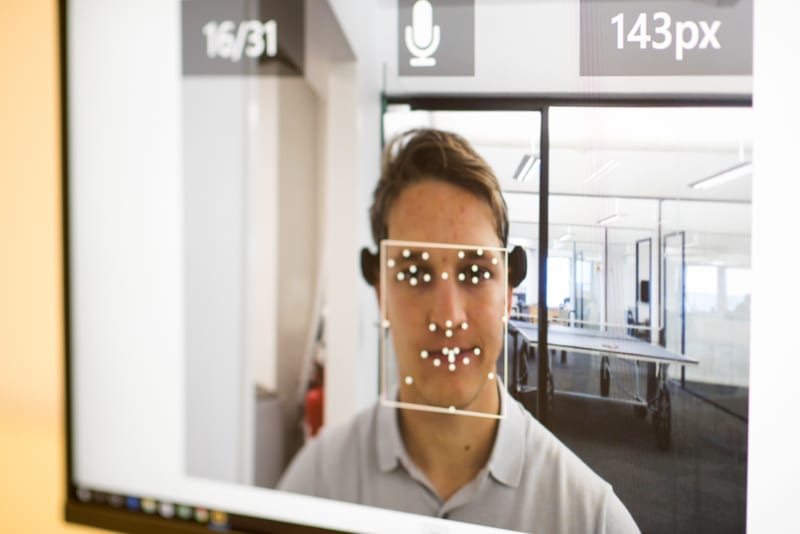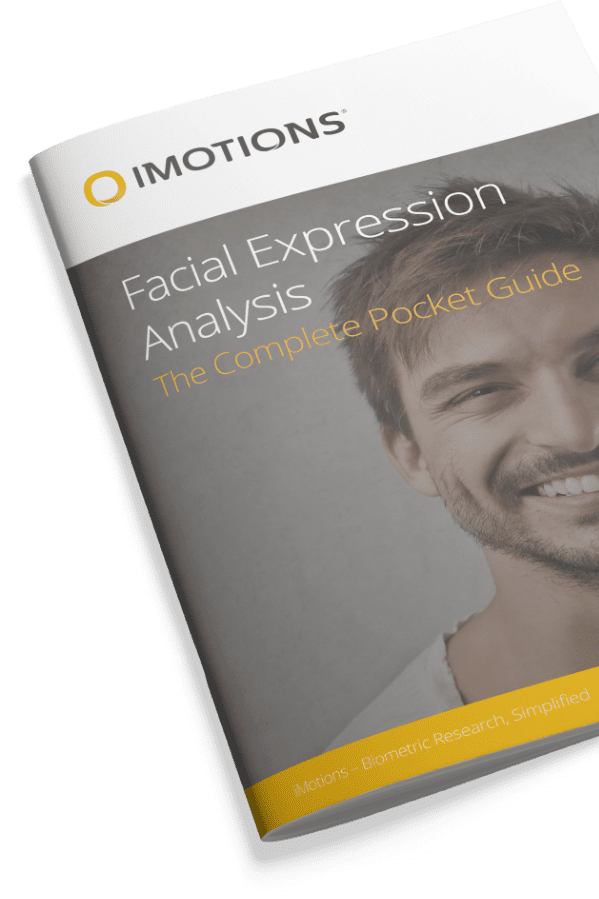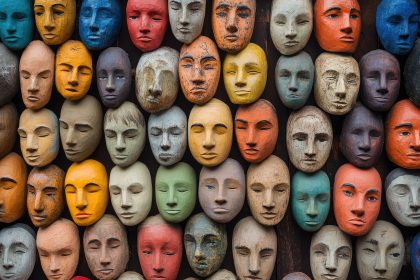Facial Expression Recognition (FER) is a cutting-edge technology that enables machines to identify and interpret human emotions based on facial cues. This advanced system has significant implications for various fields, including psychology, market research, and human-computer interaction. By accurately analyzing facial expressions, FER opens up new avenues for understanding human behavior and improving user experiences.
Table of Contents
The face is the most complex nonverbal system in the body. It carries the expressions of the things we feel, our cognitive processes, and even our most hidden intentions. Emotions are no longer unquantifiable things – they can now serve as signposts to what’s happening in someone’s mind. With a better understanding of someone’s internal experience, we can make predictions about their behavior, meet their needs, and make decisions better aligned with them.
Facial Expression Analysis
Decode emotional expressions as they happen.
What is Facial Expression Recognition?
Decoding expressions of emotions has been an interest in psychology research for decades. Since there have always existed fields that wanted to know how people are feeling towards certain products, services, or situations, technological advancements now made it possible. The new tool, Facial Emotion Recognition (FER), is used to analyze sentiments and expressions of emotions from different sources, such as pictures and videos.
FER builds upon AI technology and belongs to a family of tools called “affective computing”. This is a multidisciplinary field of research that uses computer capabilities to detect, interpret, and classify human emotions and affective states.
Key Steps in Facial Expression Recognition
Facial expression recognition offers a mirror into people’s inner world. Using fully automated computer algorithms that detect facial expressions, FER captures emotional reactions in real-time, without relying on subjective interpretation or self-report.
The process of face detection, emotional recognition, and classification occurs in several stages. These are described below.
Face Detection
Facial expression recognition begins with detecting someone’s face. This happens within the first stage called “face acquisition”. In this process, the algorithm processes the face region within a video or image based on criteria such as head pose estimation (1).

Feature Extraction
Once a face is identified, the facial expression recognition algorithm detects facial landmarks such as eyes and eye corners, brows, mouth corners, nose tip, etc. Features are very important in the emotional recognition process. They provide cues to a set of emotions such as anger, fear, surprise, sadness, and happiness. For example, someone who feels surprised will show it in their facial features, through dilated pupils, open mouth, lifted eyelids, and eyebrows. The data about key landmarks on the face is then processed to classify expressions in the last stage of facial expression recognition.
Classification of Expression
Once the facial features are detected, FER tools extract relevant features and use them in the emotion recognition process. This is the last stage in the facial expression recognition system. The emotion recognition model then generates an output of the emotion probabilities (e.g. angry, scared, happy). The facial analysis tool will pick up on microexpressions and facial features and measure those against a database of emotions taken from the International Affective Picture System (IAPS).
Finally, FER technology generates an output based on the collected data. The interpretation could include a graphical representation of facial expressions, emotion labels, or visualizations of emotion probabilities (e.g. “happy,” 20% as “neutral,” and 10% as “sad.”)
iMotions Software for Facial Expression Recognition
Facial expression recognition (FER) has numerous applications in research, marketing, neuroscience, psychology, and customer service. Recognizing facial expressions can, when used in the right contexts, be an accurate indicator of emotional experiences. iMotions integrates various facial expression recognition technologies, along with its eye tracker software, to offer insights into the emotions displayed in settings like research, marketing, and customer service.
The iMotions software captures the facial expressions triggered stimuli in real time, leading to accurate emotion detection. You simply do that by importing the video into the iMotions software and carrying out the analysis directly from the imported material.
However, facial expression detection is only the first step in gaining insights into someone’s emotions. You also need to analyze and interpret the collected data to reach the desired results. iMotions offers software solutions that help you analyze the collected data and receive a visualization output such as representation of facial expressions, emotion labels, or visualizations of emotion probabilities.
Researchers who take advantage of FER technology with the iMotions face analysis tool are successfully carrying out tasks such as:
- Measurement of personality correlates of facial behavior
- Testing of affective dynamics in gamified learning settings
- Understanding emotional reactions in teaching contexts
- Examining physiological reactions to driving in various conditions
To integrate iMotions facial expression analysis tools into your work, browse our list of products and find the ones suitable to your needs. Additionally, If you have questions you cannot find here, or elsewhere on our website, please feel free to contact us here.
Free 42-page Facial Expression Analysis Guide
For Beginners and Intermediates
- Get a thorough understanding of all aspects
- Valuable facial expression analysis insights
- Learn how to take your research to the next level

Frequently Asked Questions
How accurate is facial expression recognition?
New FER software can detect emotions with an accuracy rate of around 75% to 80%. Given that the natural human ability to detect emotions is around 90%, this is a significant achievement in emotion detection technology.
What is the most recognized facial expression?
While it is difficult to point out the emotion we recognize most often, there are definitely some emotions that are more easily identifiable than others. For example, according to the cross-cultural study conducted by Paul Ekman and Wallace Friesen, the most easily identifiable emotion is happiness. This might be because happiness is expressed through certain facial landmarks that are more difficult to miss out or misinterpret (e.g. raised cheeks, raised lip corners, “crow’s feet” wrinkles around the eyes, tightened muscles around the eyes).














